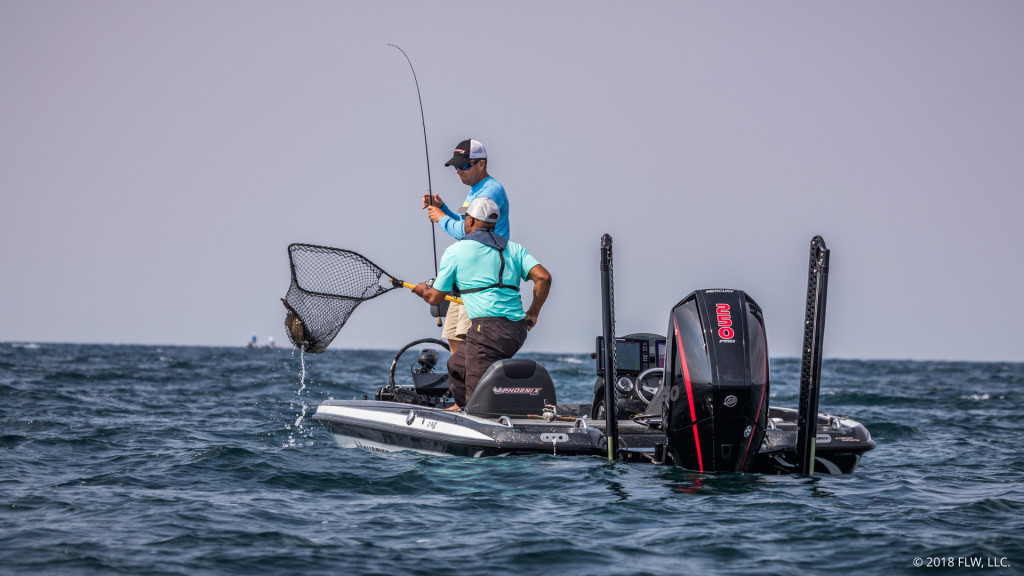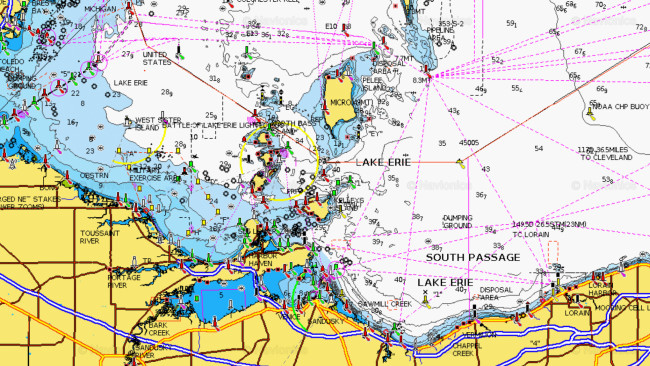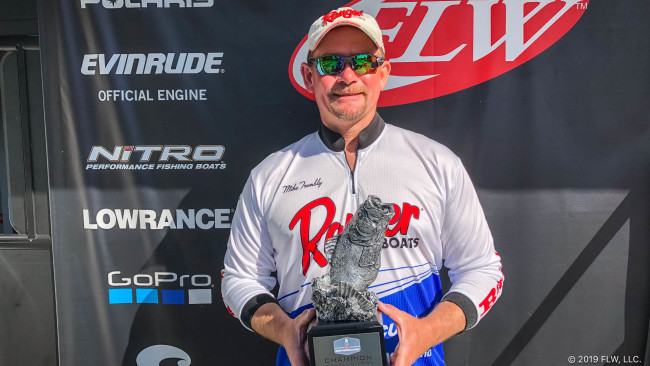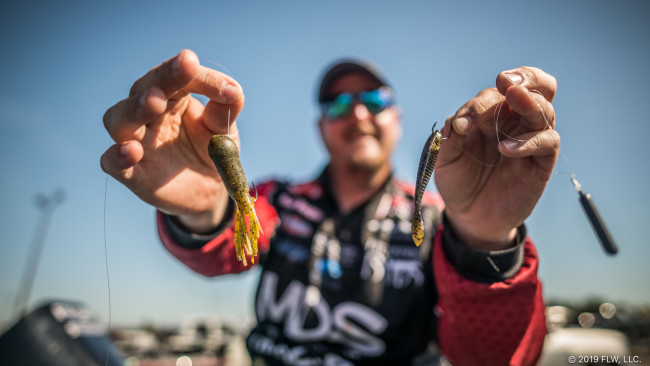Northern Division Heads to Sandusky
Unusual starting spot should make for a good event

Swiftly rescheduled due to New York’s recently announced travel restrictions, the Toyota Series Northern Division is now kicking off on Lake Erie, launching out of Sandusky, Ohio, July 9-11. The event is the first of three in the division, with the others scheduled for August on Lake Champlain and on the Detroit River in September.
Though any tournament on Erie is bound to include some big smallmouths, the location and the time of year for this derby means we may see Great Lakes largemouths play a big part in shaping the outcome.
Tournament details
Toyota Series Northern Division
Sandusky, Ohio
July 9-11, 2020
Hosted by the City of Sandusky

How the lake sets up
Without seeing them firsthand, it’s almost impossible to understand how vast the Great Lakes really are. Nestled in the southwest corner of Lake Erie, Sandusky is roughly 250 miles from Buffalo at the east end of the lake. Of course, by surface area, Erie is actually the second smallest of the Great Lakes (with Ontario being slightly smaller, though it holds much more water due to its depth).
Though Canada is off-limits for this event, anglers will still have plenty of good options. Just north of Sandusky, a series of islands including Kelleys Island, South Bass, Middle Bass and Isle St. George define the region and lead out to Pelee Island in Canada. There is also a lot of really good largemouth fishing within easy reach of takeoff. Unlike other parts of the Great Lakes, the bays, harbors and protected stretches of largemouth water are much more plentiful around Sandusky and Port Clinton than the rest of the lake.
Erie is known for its smallmouth population, and the west end is where legends like Steve Clapper have built their careers with long runs and specialized offshore fishing. Growing fat on gobies and using tons of rock, sand and offshore structure as habitat, smallmouths thrive in that section of the lake. Still, the largemouths in the region can’t be counted out, especially because of how recently the bulk of the smallmouths finished spawning.

What to expect
Mike Trombly of Belleville, Mich., has eight FLW wins taking out of the Detroit River and is a wealth of knowledge about the west end of Erie. Trombly says that most of the smallmouths in the region will be postspawn and beginning to filter out to deeper water and the areas around Pelee Island.
“Because of the timing of it and with Canada being off-limits, it’s going to be a little tougher tournament for the smallmouths,” outlines Trombly. “Typically, what ends up happening is those fish come to the islands to spawn, and then those fish scatter off into Canada. With it being postspawn, I think it’s going to be tougher for the smallmouths.
“They’re pretty much just done. You may have some bucks still on beds, but you’re probably going to catch fish deeper. You’re going to start finding them on the deeper structure, probably 16-feet-plus, and you could catch them as deep as 25 or 30 feet. How well they get caught depends on how far into summer they are. If they’ve had a chance to gang up, [anglers] should catch them.”
While smallmouths are likely to be in a transition stage, Trombly thinks largemouths, which spawned earlier in warmer bays and backwaters, will be ready to rock.
“The one thing a lot of guys from the south are probably going to love is the fact that largemouths are probably going to be a big player,” Trombly says. “There are so many bays and harbors – all of these contain largemouths – and there are largemouth-only circuits in this area. A couple years ago there was a tournament that went out of the Marblehead area, and it took upwards of 26 pounds to win it. That’s the best we’ve ever seen, but we’ve had numerous team tournaments that are won with 20 to 22 pounds. That’s pretty exceptional anywhere in the country.”
Trombly says those largemouths are totally catchable in shallow grass, pads and around docks and other cover. However, the offshore bite for largemouths might really be where it’s at.
“If they’re immediately postspawn and they haven’t schooled up, it will be tougher,” Trombly adds. “But, once those fish school up on structure, they could knock ‘em out pretty good.”
As far as a winning weight, both Trombly and Tackle Warehouse Pro Circuit pro Matt Becker think 20 pounds a day is the mark to shoot for.
“I think a mixed bag could definitely do it, and I would not be surprised if a largemouth-only angler won it,” posits Trombly. “I think if you average 20 pounds, you will have a really good chance of winning.”
“They’re not far off from spawning, so the big smallmouths are beat up and not really grouped up,” says Becker. “It’s still Erie, so over three days it will take 20 pounds a day to win. Even when it is tough, there is still a huge population of 4-pounders.”

Baits and techniques
For smallmouths, the usual range of Great Lakes techniques should play. For shallow fish, a jerkbait, swimbait and spy bait will be good tools. For deeper fish, the tried-and-true standards apply.
“It’s pretty much the same old, same old for the smallmouths,” says Trombly. “Neds, anything that is minnow-replicating, goby baits – that all is good. Gobies are probably the predominant forage species for smallmouth on that particular part of the lake for sure.”
For largemouths, Trombly says things get a little more interesting. In the shallows, frogs, other topwaters and flipping baits will work. For offshore fish, a crankbait or a heavy jig could get the call.